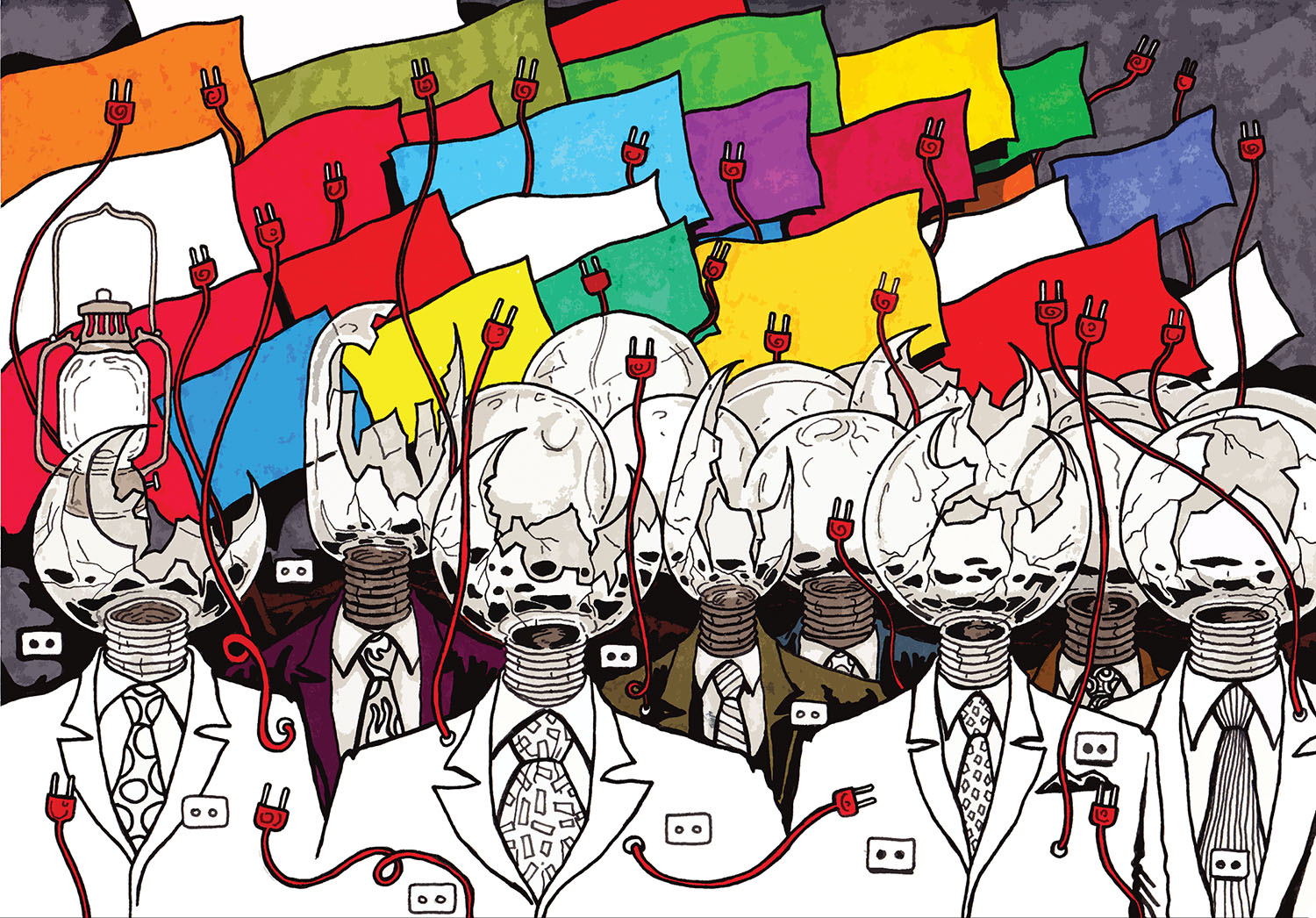Rowan Moore Gerety is a multimedia reporter whose work has appeared on Marketplace, the Atlantic, Slate, Foreign Policy, and Courrier International. He served as the launch editor for Medium’s African Makers series and was a 2011–2012 Fulbright Scholar in Mozambique.

